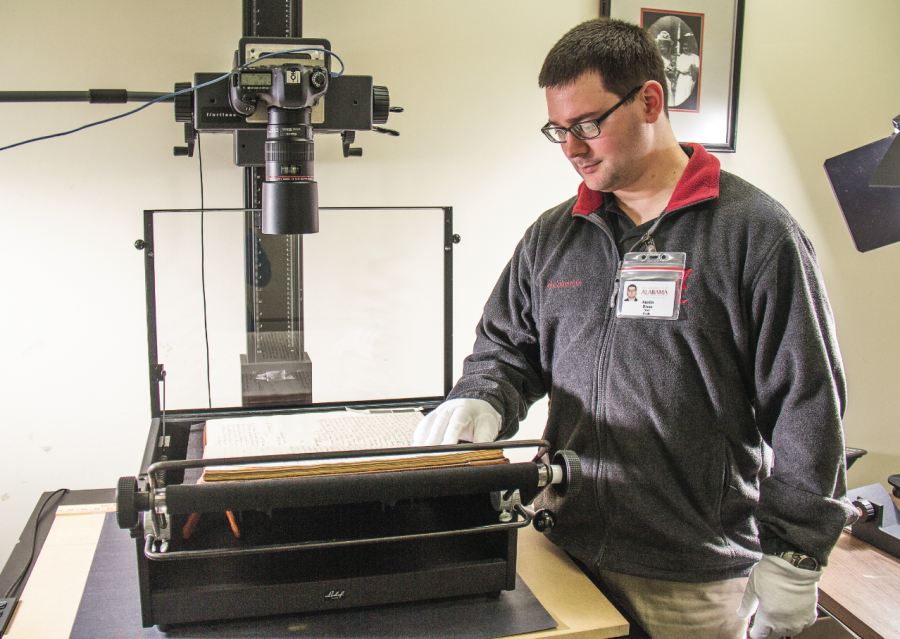Archive libraries, such as the Hoole Special Collections on campus, are increasingly converting their content into digital copies. But what may be a convenience for students can be problematic for archivists.
As archives are digitized, there is concern that the technology which records are stored on will become out of date – just look at the floppy disk.
“That’s where our difficulty lies more than anything else is that, how do you keep a permanent or long-term record in a digital format when you can’t guarantee its lifespan?” Tom Land, the institutional records analyst at Hoole, said. “We know what paper will do and we know what microfilm will do, but the digital stuff is different; our technology is changing about every year and a half.”
Donelly Walton, interim university archivist and curator of Southern History and Culture Collections, shared Land’s concern.
“Losing information due to obsolete technology is a concern,” Walton said. “Those of us who have been in the archives field for more than 15 years remember when the only way to find information about many archival collections was through publications that listed or described a repository’s holdings.”
While losing records can be cause for worry, there are also many benefits to digitizing records and archives. Digitization offers the public the convenience of being able to pull up information anywhere they are instead of having to trek to a library.
Land said digital archives have been very helpful for people working on genealogies. Often, they are able to research their family trees from the comfort of their own homes.
“In terms of reference rate, it’s great,” Land said.
The process of digitizing records can be a long one.
“Although viewing the digital version of one our items online may appear simple, users are unaware of the many levels of data and work by numerous people that made it all possible,” Walton said.
The Special Collections Library first catalogues the document or archive and saves the data on a spreadsheet. Next, Digital Services receives the data and uploads it to its website. From there, University faculty and staff can add additional data to the archives, which are then available for students.
“In addition to making sure that the images and data function properly online, we also take steps to ensure that the digital image is preserved properly,” Walton said.
There are certain records, such as student transcripts or medical records, that are protected by federal laws like the Family Educational Rights and Privacy Act and the Health Insurance Portability and Accountability Act, but are still digitized for quick reference. The quantity of these private records can be problematic for archivists.
“It doesn’t matter what form a record is in if it’s restricted,” Land said.
Money also plays a factor in what can become a digital record.
“If we went back to all our records to digitize them, that’s a lot of money,” Land said. “The federal government has a better budget and more expertise. It’s kind of hard for an average university to stay with [digitizing].”
Even though many records are now becoming digital, Walton said all original copies of archives are kept.
“By offering online access, we are making these unique materials available to a much wider audience,” Walton said.
Leading in today’s Crimson White:
Alabama students, alumni create popular web series







